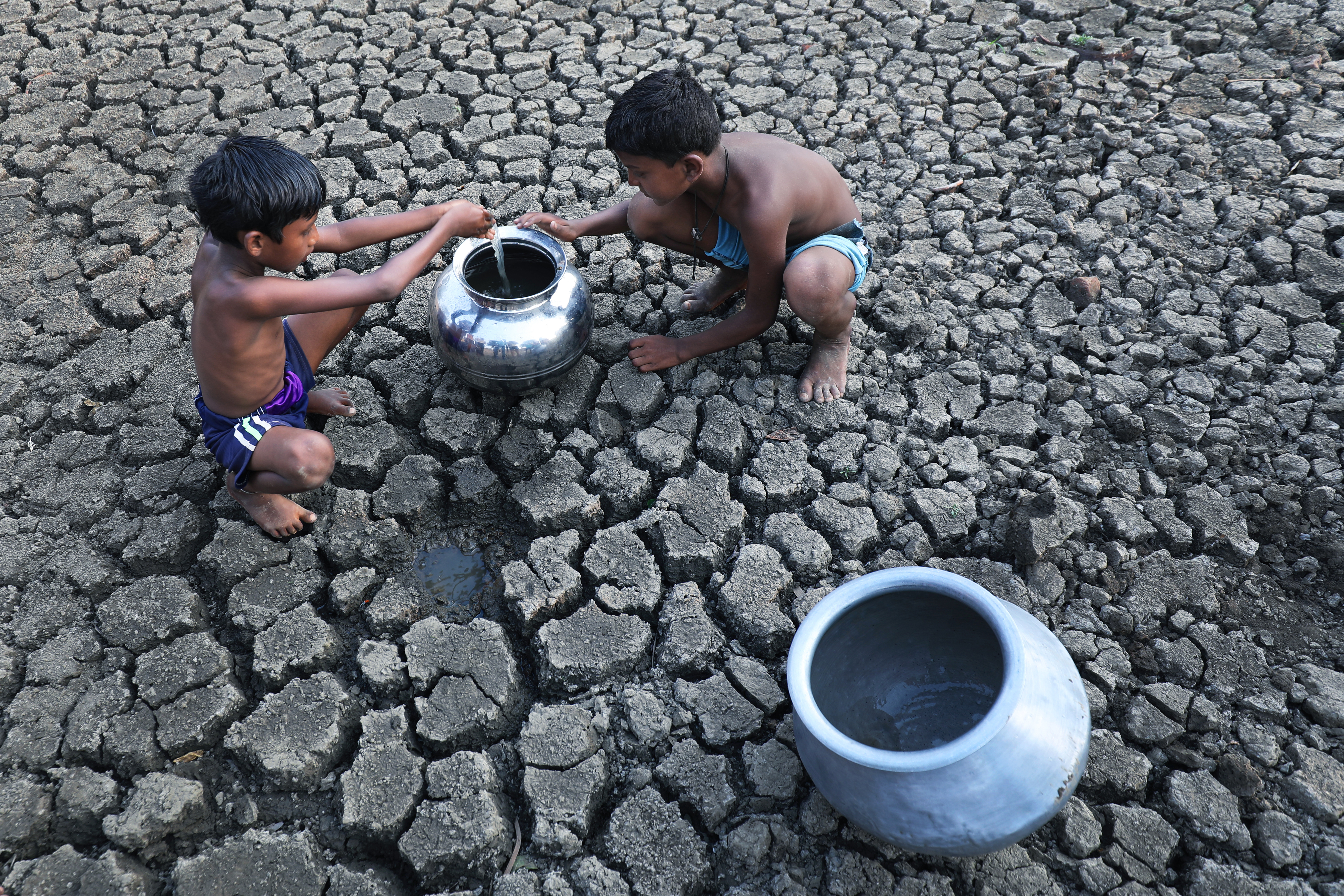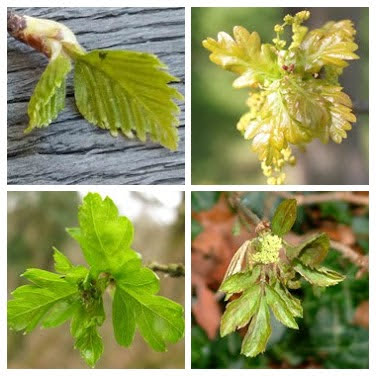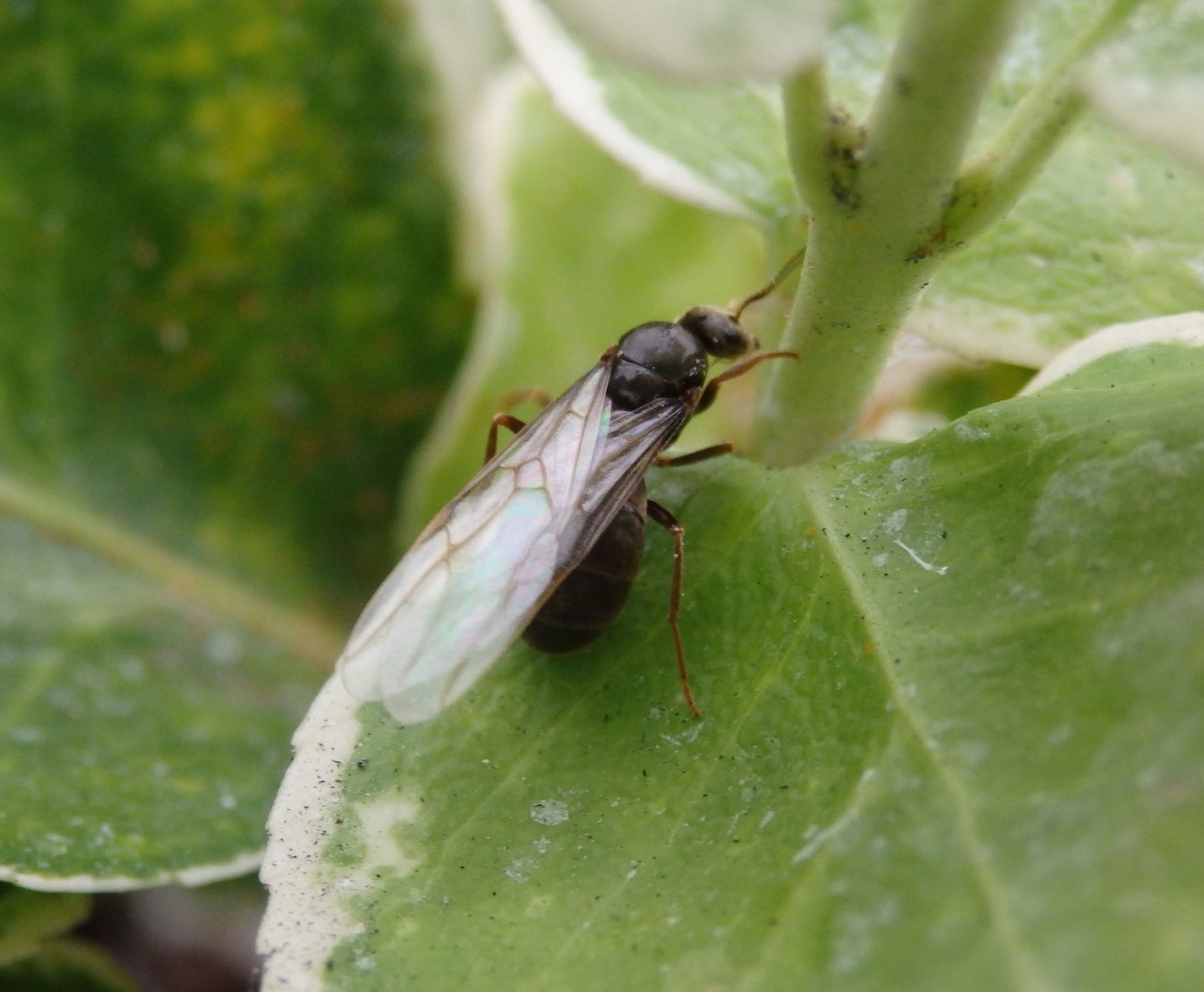CloudCatcher - Citizen Science Project
Caroline Cox is a Research Scientist at STFC’s RAL Space. She is part of a team who are developing CloudCatcher a new citizen science project supporting climate research. She explains why they need your help.
Here at RAL Space we love looking at satellites images of the Earth, and seeing the different formations and textures of the clouds. They look beautiful. However, when we make temperature measurements of the Earth's surface, we need a clear view of it, and clouds can obscure this view.
Accurate surface temperature measurements are needed to help monitor and predict climate change. They are also useful in day-to-day weather forecasting models. Satellites such as Sentinel-3, with the Sea and Land Surface Temperature Radiometer on-board, make such measurements. It is a big team effort to produce the surface temperature data, with many different stages. One important stage is cloud identification. Clouds stop our temperature sensor getting a good measurement of the surface below. We need to identify when the sensor is viewing cloud, so these views are not included when generating surface temperatures, and thereby interfering with the data.
We have automated cloud-screening routines that work really well much of the time, but of course, they are not perfect. Some types of cloud are a struggle to identify (e.g. low, warm or patchy cloud) and certain conditions can hamper it too (e.g. near coastlines, at dusk, over snow). Cloudy pixels are missed, and clear sky can even be falsely classed as cloud too, resulting in lost data.
We ask the question, just how accurate is our cloud mask? Help us to answer this by identifying clouds in real satellite images. By having a set of images screened by people, we can make a comparison with our automated cloud screening. It will help us to score our cloud screening performance, and point us to the areas that need more attention, thereby improving our methods.
Now, CloudCatcher is a 'beta' project on the Zooniverse platform, meaning it is ready for testing by a pool of volunteers. We would really like you to try it out and give us your feedback to help make it even better before a bigger launch later on.
How to take part
1. Have a go at CloudCatcher!
- On a laptop or PC (find the project using this direct link)
- On a mobile or tablet: iOS devices or Android devices. Download the Zooniverse app and find CloudCatcher under 'Beta projects'
2. Send us your feedback! The project is still in development and we'd love your help to improve it and make sure it's a successful project that is enjoyable and engages a wide variety of people. Here's how you can help us:
- Fill in our survey (it takes less than 5 minutes)
- Join in CloudCatcher Talk or connect with us on Twitter or Instagram to let us know what you think




